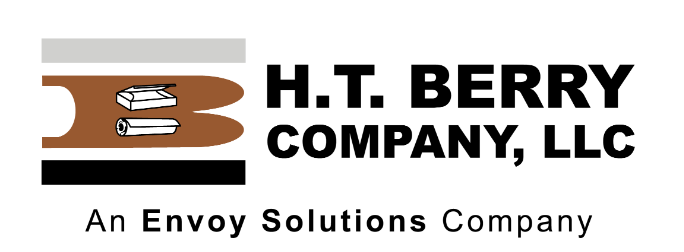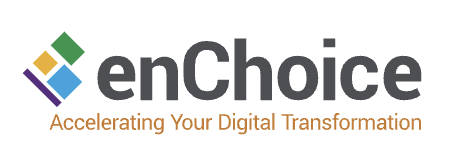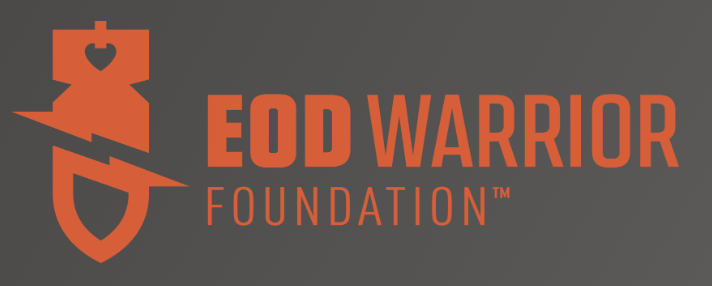Get to Know Retargeting Advertising

Categorized in: Digital Marketing
Retargeting is advertising that allows businesses to re-engage customers who have abandoned their shopping carts before purchasing a product. Retargeting advertising, unlike banner advertisements, is shown to those who have already visited your website.
Retargeting advertising uses pixel-based technology to track your audience’s online activity and then target them with customized product offers.
Why Is Retargeting Advertising Important?
As an entrepreneur, it is your desire for a customer to purchase their first visit to your site. Unfortunately, it doesn’t always work like that, and this is where retargeting advertising comes in.
It helps remind people of your product as they go about their activities on the internet, regardless of whether they are scrolling on a news site, social media platforms, or even exploring your competitors.
Retargeting advertising allows you to select different ways to subdivide people according to their behavior or traits and accordingly target them. This way, you can generate a relevant advert which will potentially translate to sales.
Regardless of the segments, you subdivide your customers in for retargeting; you are sure they have already shown interest in your brand by visiting your site.
How Retargeting Advertising works
Retargeting advertising works by utilizing cookies, which are small data pieces stored by the internet browser to remember individuals who have visited your web page. The cookie data is then utilized to serve users’ ads again for marketing purposes.
Serving targeted and relevant ads to users goes a long way in creating brand awareness and often increases conversions. Below are the two basic goals to set for your retargeting advertising:
Awareness
Visitors are informed about your new products and other updates through awareness campaigns. This is a less targeted goal because it is aimed at visitors who haven’t had much interaction with your company, but it also serves to make customers more accustomed to your brand. As a prelude to your conversion activities, you can execute awareness campaigns.
Conversion
Visitors who may be more familiar with your brand and its services or products are targeted by conversion marketing. However, they have yet to commit to an offer, so you need them to click on the ad, which will take them to a post-click webpage where you may persuade them to convert.
Regardless of the marketing goal, the key to building successful retargeting campaigns is audience segmentation. You can construct the following audience segmentation for retargeting campaigns:
- By behavior
- With time
- Existing customers
Retarget Based on Clients Behavior
When a visitor comes to your website, they can display one of two sorts of behaviors:
Not interested – these are visitors who stay on your website for a few seconds, don’t proceed to any other pages, and just leave.
Interested – these visitors look over the website’s content and may even go to other pages such as the pricing page, resources page, or about us section.
Retarget by time
This method comprises three elements:
- The time between a visitor’s first visit to a website and seeing the first ad.
- The number of times a visitor sees a specific ad.
- The amount of time between a visitor’s first browsing session and the end of retargeting adverts.
The default period for a visitor to get added to your retargeting list in both Facebook and Google Ad Words is set to 30 days. It’s vital to remember that if a visitor returns to the site within just 30 days, the 30-day cycle is reset.
Both advertising platforms allow you to adjust this limit depending on your campaign. However, please don’t reveal your adverts too soon, as this can annoy internet users and give them an unfavorable impression of your company. It is especially true for visitors who have only stayed a few seconds on the webpage.
Another consideration is the rate at which customers see your advertisements. It’s not a good idea to run the same ad on a single site more than once.
Retargeting existing customers
Retargeting ads are a terrific way to target existing clients after introducing a new product or a pricing plan change. These ads can be very effective, especially for consumers who aren’t very active on your site; perhaps the new release update will persuade them to be more involved?
Platforms You Can Run Retargeting Ads On
You’ll need to employ a third-party service to handle the technical aspects of ad retargeting, such as tracking cookies, pixels, reporting, audience generation, and user segmentation.
You have the option of using one of the platforms listed below. Some are self-service, while others are completely managed; the choice is yours based on the required external participation such as:
- Google Ads
- AdRoll
- Quora
- YouTube
Ad retargeting can be a fantastic option for those on a tight budget. This is because you can concentrate on converting only people who are already interested in your brand. You may also quickly filter out those that have already made a purchase or contacted you. We strongly advise you to give it a shot to see whether it will benefit your company.
LIKE AND SHARE THIS ARTICLE:






















































